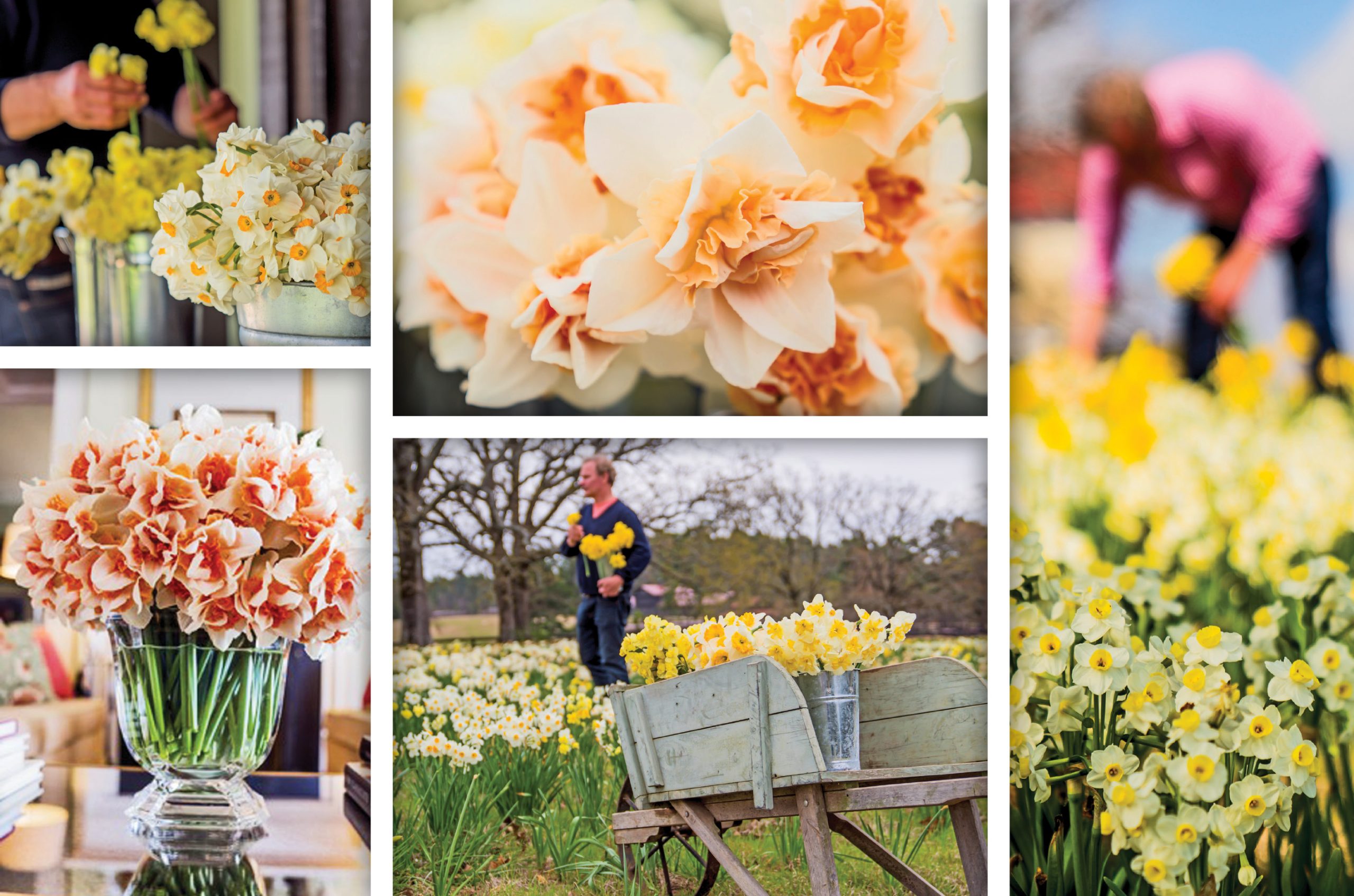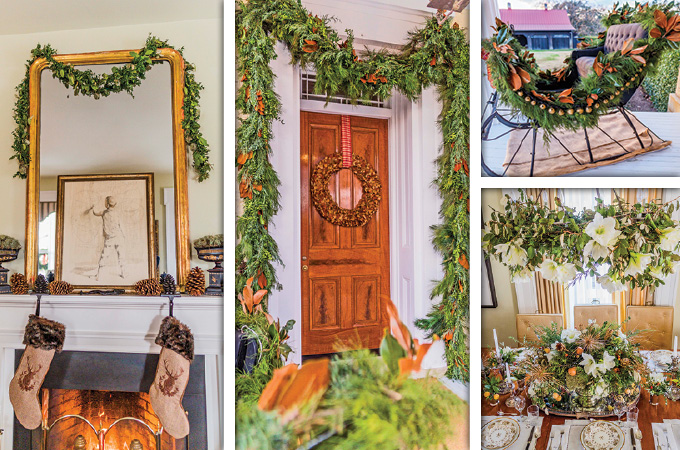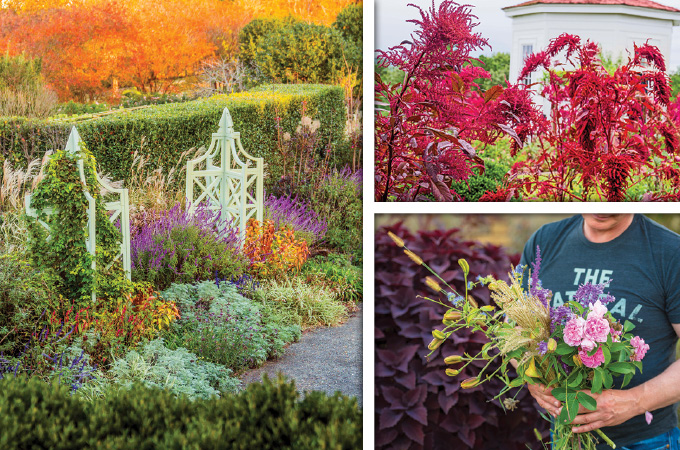The first thing everyone should know about pruning is that, much like a bad haircut, a botched pruning job will grow out eventually. The chances of getting the job done right are improved if you use good, sharp tools, make clean cuts, and consider the plant’s growth habit. And you can’t go wrong by removing dead wood, crisscrossing branches and limiting the removal to one-third of the plant’s size. The obvious reasons to prune are to reduce the size of a plant, maintain its shape or improve its appearance. Thinning out the center branches also will help keep a plant healthy, and removing center branches opens up air circulation, which keeps diseases in check.
Pruning in late winter when many shrubs and trees are dormant invigorates the plants for abundant growth in the spring. In this part of the country, late winter is February. Pruning should be handled before new spring growth begins but after the threat of severe cold has passed.
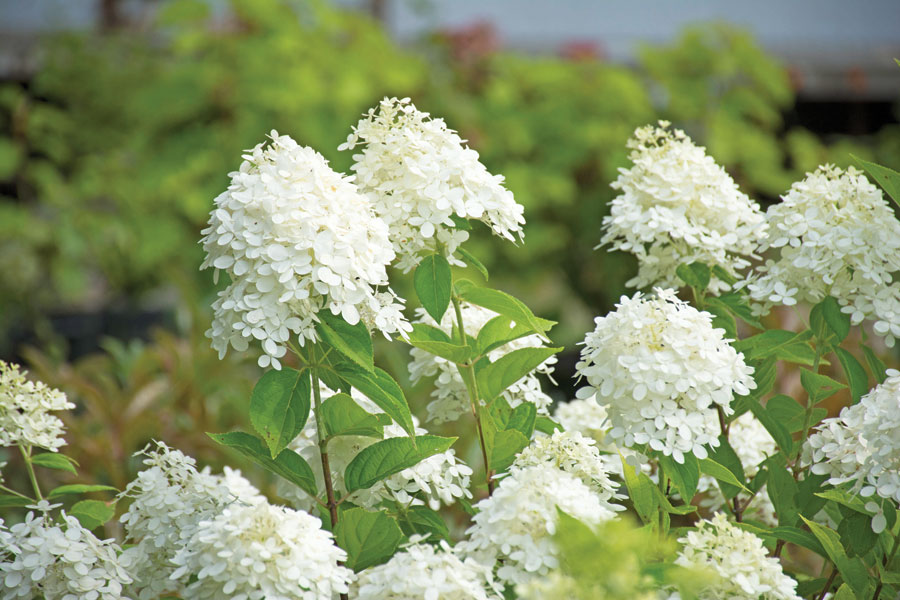 what to prune in late winter
what to prune in late winter
summer flowering trees: Ornamental trees that bloom in summer such as crape myrtle, vitex, smoke tree and rose of Sharon
hydrangea paniculata and h. arborescens: Unlike their cousin H. macrophylla, these two hydrangeas bloom on new wood, so cut them back hard to promote growth and flowers. H. paniculata can be cut back to two buds above the base of the flower stem. Prune H. arborescens back to varying heights of 1 to 3 feet from the ground.
fruit trees: Fruit trees flower on growth from the previous season, but pruning should be done when the tree is dormant. There will be some flower and fruit loss, but pruning promotes vigorous growth and larger, better tasting fruit. Each type of fruit tree has some special requirements, so research before you begin cutting.
roses: In this region, hybrid tea, old-fashioned and climbing roses should be pruned right before the leaf buds break.
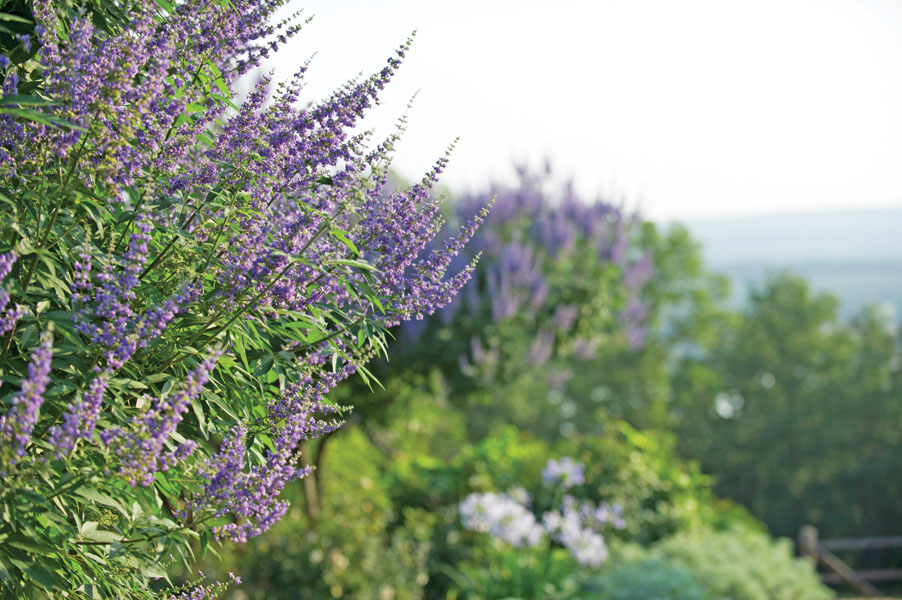 what NOT to prune in late winter
what NOT to prune in late winter
spring flowering shrubs: Forsythia, quince, azaleas, bridal wreath spirea and other shrubs that bloom in spring should be pruned immediately after they flower.
spring flowering trees: Lilacs, ornamental fruit trees, Eastern redbuds and others should be pruned right after the trees have finished flowering.
hydrangea macrophylla: Old-fashioned, pompon hydrangeas set bloom buds on the previous year’s growth. It’s safe to remove faded flowers and dead branches.
once-blooming roses: Old-fashioned roses that only flower once each growing season bloom on old wood and should be pruned in the summer after they have flowered.
gardenias: Prune immediately after they bloom.
bleeding trees: Maples, birches, dogwoods, walnuts and elms produce copious amounts of sap when they are pruned in late winter. Pruning won’t hurt them, but it will be less messy
in summer.
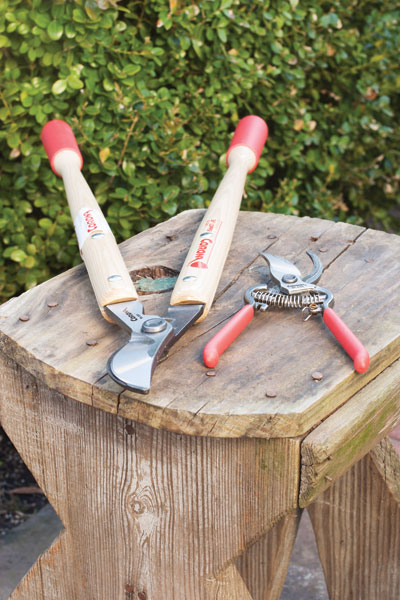
essential tools
▶ A sharp pocket knife is great for making small cuts.
▶ Hedge shears are designed to cut small twigs or shrubs and are a must for broadleaf evergreens such as boxwoods, hollies and yews.
▶ By-pass pruners are suited for branches larger than a pencil and can be used for perennials and shrubs with thin stems like roses or azaleas.
▶ Loppers make big bites when you need some leverage. They are best for dead wood because they tend to crush rather than cut. This crushing action can damage living cells in a branch, which could cause a longer healing time for the tree or shrub.
▶ Saws also are ideal for large branches and can be used for cutting living wood. The more teeth on the saw, the finer the cut and the easier the healing process will be on the plant.
▶ Pole saws and pole pruners are handy for reaching into large shrubs or for working overhead.
▶ It’s time to call a pro if you can’t reach a limb from the ground with a pole pruner, the limbs are heavier than you can manage, or the tree is near power lines.
P. Allen Smith is an author, conservationist, and TV host of Garden Home on PBS and Garden Style (check your local listings). He uses his Arkansas home, Moss Mountain Farm, to promote the local food movement, organic gardening and the preservation of heritage poultry. For tours of the farm, visit pallensmith.com/tours.
Photo above: Jane Colclasure






